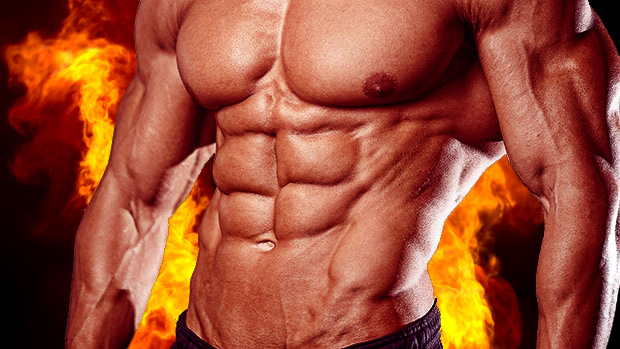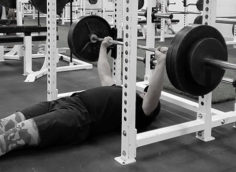Bust Balls, Dick Around
Most lifters view cardio as a necessary evil because it's good for the ticker and, if done for excruciatingly long periods of time, might actually burn some fat.
But there's always the fear that cardio, in addition to being boring, is going to slowly eat away at your muscle and your sanity. That's why the best cardio involves appreciable muscular effort and lives on the cusp between aerobic and anaerobic.
Enter HIIT training, where you bust balls for anywhere from 20 seconds to 2 minutes, followed by the euphemistic "active recovery period" – which means just slowing down to the point where you're just sort of dicking around on the exercise until you catch your breath.
It has the same heart-protective effects as regular cardio, but it takes less time and increases the number of mitochondria in the muscle, which could lead to huge improvements in strength-endurance.
Plus, if you're dieting, HIIT can put the finishing edge on the final product, kind of like when the hygienist polishes your teeth with minty stuff after she's done scraping at them with a miniature garden hoe.
In my experience, the following three HIIT workouts are the most effective while being the most accessible, and science seems to back me up on the "most effective" part on at least two of them.
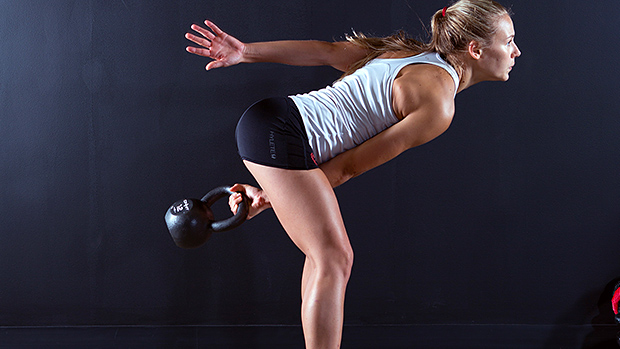
The method described below – at least according to a study from the University of Wisconsin – burned an amazing 400 calories in only 20 minutes (1). Not only that, but the workout led to greater increases in epinephrine and lactate, which led to higher levels of PGC-1alpha, a protein that plays a role in the production of new mitochondria.
Here's a simplified version of what they did:
- Choose a 12, 16, or 20-kilogram kettlebell (KB).
- Do 6 one-arm KB snatches for 15 seconds with your right arm. (Researchers described the KB snatch as swinging a KB one-handed between their legs and over the head, which sounds like an American KB swing. The exact exercise isn't as important as the training method, however, so use regular KB swings if you want.)
- Rest for 15 seconds.
- Do 6 one-arm KB snatches with your left arm and rest another 15 seconds.
- Continue in this manner for 20 minutes. You can, of course, adjust the time period to match your needs/goals.
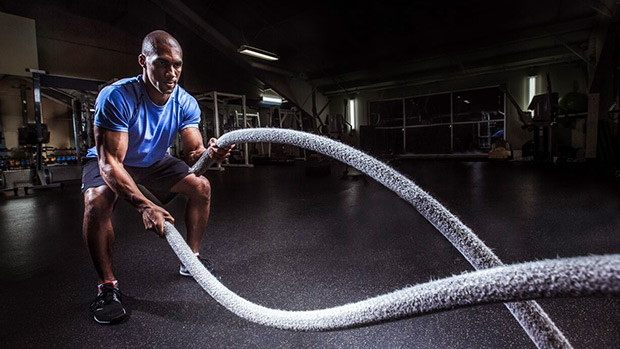
Groan. This one pains me. I've made fun of these in the past and I still can't walk by someone doing these without fantasizing how much they'd kick if I were to hang them with their sweaty rope, but science says they're effective.
Researchers from Jersey compared a battling rope protocol with a resistance training protocol, a push-up protocol, a BOSU push-up protocol, a burpee and a lateral crawl (2). Oxygen consumption in the subject's mitochondria was by far the most during the battling rope exercise.
Here's the protocol they used:
- 10 seconds of single-arm alternating waves, followed immediately by...
- 10 seconds of double-arm waves with a half-squat (repeatedly squatting down half-ways and then coming up while doing the waves), followed immediately by...
- 10 seconds of double-arm rope slams with a half-squat (repeatedly squatting down half-ways and then coming up while doing the slams).
- Rest 2 minutes and then repeat. Do a total of 3 sets. You can, of course, adjust the number of sets you do to match your needs/goals.
There's no active recovery phase here, but that doesn't matter much because the rest intervals are so short. If you don't feel like doing the fancy-schmancy variations, just wing it and do whatever you feel like – waves, slams, roping cattle, whatever.
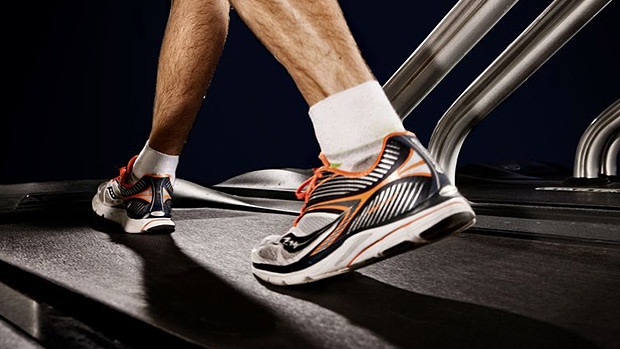
Next to the HIIT kettlebell protocol described above, and perhaps uphill cross-country skiing, uphill treadmill walking is probably the most effective calorie-burning, mitochondria-growing, and fitness enhancing exercise you can do.
Assuming a speed of 3 miles per hour, each additional 5-degree increase in the angle of incline will burn (roughly, very roughly) about 64% more calories than doing it at zero incline.
While I couldn't readily find any protocols that had been lab tested, here's the protocol I use:
- For the first minute, gradually build up to your walking speed, e.g. 3 miles per hour.
- When the timer reaches minute 2, crank up the incline button to something easy, like a 12-degree incline.
- When the timer reaches 3 minutes, punch the incline down to 0-degree incline. This is your active recovery period.
- At minute 4, progress to a 15-degree incline.
- Minute 5 is for active recovery.
- At minute 6, increase to an 18-degree incline.
- Keep alternating high intensity minutes with "rest" minutes and upping the degree of inclines until you max out at 30 degrees (21, 24, 27...). Refrain from touching the handles at all because that makes the exercise infinitely easier. Pretend they're white hot and that you aren't Daenerys Targaryen.
If your gym's treadmill maxes out at a 15-degree angle, go ahead and follow the structure of the above template (one minute of exercise followed by one minute of active recovery), only instead of increasing the incline, increase the speed by .2 or .3 miles per hour each "set").
Continue doing sets until the lights are turned off, or until you feel you've had enough.
These HIIT workouts won't negate the effects of your weight workouts. They're too short to "whittle" away any muscle, and they're not sufficiently draining to dip into your recovery abilities. Hell, these workouts can actually build muscle.
Keep in mind, too, that you don't need to follow the protocols above exactly as described. Some of the slight variations, e.g., switching hands between KB swings or rope swings, or using rope waves vs. slams, or walking uphill for one minute instead of two, probably doesn't matter much.
If they make the exercises less tedious, do them. It's more likely the actual activity that counts and not the precise manner in which you do them.
- ACE Fitness Matters Magazine. January/February 2010, pp. 6-16.
- Ratamess NA et al. Comparison of the acute metabolic responses to traditional resistance, body-weight, and battling rope exercises. J Strength Cond Res. 2015 Jan;29(1):47-57. PubMed.

